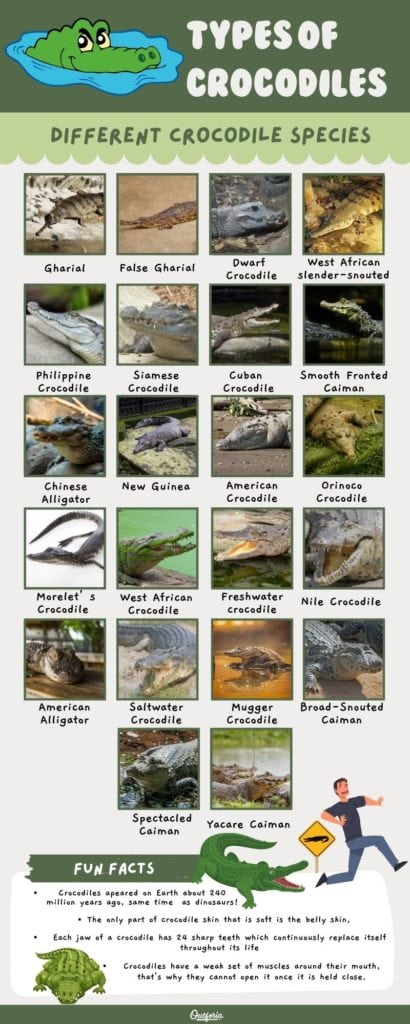Alternatives to Plastic: How to Reduce Your Plastic Footprint
Plastic is a ubiquitous material that has many benefits, such as durability, versatility, and affordability. However, plastic also has many drawbacks, such as environmental pollution, health risks, and resource depletion. Plastic is made from fossil fuels, emits greenhouse gases throughout its life cycle, and persists in the environment for a long time. Plastic pollution affects wildlife, habitats, and humans, causing harm and costs. Plastic consumption is projected to increase in the future, posing more challenges for the planet and its inhabitants.
Fortunately, there are many alternatives to plastic that are eco-friendlier and more sustainable. These alternatives are made from natural, renewable, or recycled materials that have lower environmental impacts and higher circularity. They can replace plastic in various applications, such as packaging, insulation, furniture, clothing, and personal care products. By choosing these alternatives, consumers can reduce their plastic footprint and contribute to a greener and healthier world.
Some of the alternatives to plastic are:
- Stainless steel: A durable and recyclable material that can be used for water bottles, cutlery, straws, and other products.
- Glass: A reusable and recyclable material that can be used for containers, jars, bottles, and cups.
- Bamboo: A fast-growing and biodegradable material that can be used for toothbrushes, furniture, textiles, and paper.
- Natural fiber cloth: A biodegradable and renewable material that can be used for bags, clothing, napkins, and masks.
- Ceramics: A reusable and recyclable material that can be used for dishes, mugs, pots, and tiles.
- Liquid wood: A biodegradable material made from lignin, a byproduct of paper production, that can be molded into various shapes and used for toys, golf tees, and furniture.
- Algae insulation: A material made from algae that can be used for building insulation, packaging, and acoustic panels.
- Polylactic acid (PLA): A biodegradable polymer made from fermented plant starch that can be used for packaging, cups, plates, and bags.
- Mycotecture: A material made from mushroom roots that can be grown into various shapes and used for packaging, furniture, leather, and bricks.
- Stone wool: A material made from natural rock and steel slag that can be used for insulation, fire protection, and sound absorption.
These alternatives are not only better for the environment but also offer other benefits such as aesthetics, functionality, safety, and innovation. They can help consumers save money in the long run by reducing waste and energy consumption. They can also create new opportunities for businesses and communities by creating new markets and jobs.
However, these alternatives are not perfect solutions either. They may have some limitations or trade-offs in terms of availability, cost-effectiveness, performance or compatibility. They may also require changes in consumer behavior or infrastructure to support their adoption and use. Therefore, consumers should also consider other ways to reduce their plastic footprint such as:
- Reducing consumption: Buying less or buying only what is needed
- Reusing products: Using products multiple times or for different purposes
- Recycling products: Separating waste properly and sending it to recycling facilities
- Refusing products: Saying no to unnecessary or unwanted plastic products
- Repairing products: Fixing broken or damaged products instead of throwing them away
.jpeg) By combining these strategies with the use of alternatives to plastic consumers can make a significant difference in reducing their plastic footprint and protecting the environment. Plastic is not an indispensable material; there are many alternatives that are eco-friendlier and more sustainable. Consumers have the power to choose these alternatives and make a positive change for themselves and the world.
By combining these strategies with the use of alternatives to plastic consumers can make a significant difference in reducing their plastic footprint and protecting the environment. Plastic is not an indispensable material; there are many alternatives that are eco-friendlier and more sustainable. Consumers have the power to choose these alternatives and make a positive change for themselves and the world.
A plastic footprint is a measurement of the amount of plastic that someone uses or produces and then discards, considering the damage this causes to the environment, society, and economy. A plastic footprint can include factors such as the type, quantity, toxicity, destination, and emissions of plastic. A plastic footprint can help someone to understand their impact and take action to reduce it.
References
(1) 4 Ways to Reduce Plastic Pollution | World Resources Institute. https://www.wri.org/insights/4-ways-reduce-plastic-pollution.(2) Plastic Pollution Solutions - 10 Ways to Reduce Plastic Pollution - NRDC. https://www.nrdc.org/stories/10-ways-reduce-plastic-pollution.
(3) Plastic pollution | Definition, Sources, Effects, Solutions, & Facts. https://www.britannica.com/science/plastic-pollution.









No comments:
Post a Comment